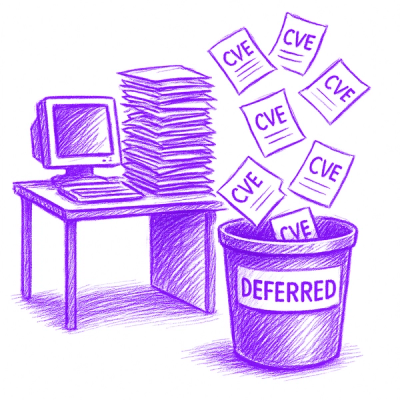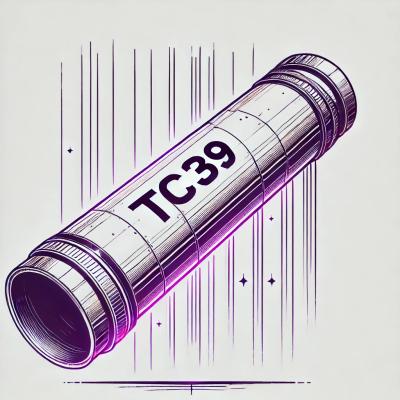
Security News
NVD Quietly Sweeps 100K+ CVEs Into a “Deferred” Black Hole
NVD now marks all pre-2018 CVEs as "Deferred," signaling it will no longer enrich older vulnerabilities, further eroding trust in its data.
SCENe interfAces for Robot Input / Output.
 |  |  |
ScenarIO is a C++ abstraction layer to interact with simulated and real robots.
It mainly provides the following C++ interfaces:
scenario::core::Worldscenario::core::Modelscenario::core::Linkscenario::core::JointThese interfaces can be implemented to operate on different scenarios, including robots operating on either simulated worlds or in real-time.
ScenarIO currently fully implements Gazebo ScenarIO, a simulated back-end that interacts with Ignition Gazebo. The result allows stepping the simulator programmatically, ensuring a fully reproducible behaviour. It relates closely to other projects like pybullet and mujoco-py.
A real-time backend that interacts with the YARP middleware is under development.
ScenarIO can be used either from C++ (APIs) or from Python (APIs).
If you're interested to know the reasons why we started developing ScenarIO and why we selected Ignition Gazebo for our simulations, visit the Motivations section of the website.
ScenarIO only supports a single distribution of the Ignition suite. Visit our Support Policy to check the distribution currently supported.
Then, install the supported Ignition suite following the official instructions.
Execute, preferably in a virtual environment:
pip install scenario
You can either clone and install the standalone project:
git clone https://github.com/robotology/gym-ignition
cd gym-ignition/scenario
cmake -S . -B build/
cmake --build build/ --target install
or include it in your CMake project with
FetchContent.
You can find some examples that show the usage of ScenarIO in the Getting Started section of the website.
Please visit the Limitations section of the website and check the
good first issue
and
help wanted
issues.
You can visit our community forum hosted in GitHub Discussions. Even without coding skills, replying user's questions is a great way of contributing. If you use ScenarIO in your application and want to show it off, visit the Show and tell section!
Pull requests are welcome.
For major changes, please open a discussion first to propose what you would like to change.
@INPROCEEDINGS{ferigo2020gymignition,
title={Gym-Ignition: Reproducible Robotic Simulations for Reinforcement Learning},
author={D. {Ferigo} and S. {Traversaro} and G. {Metta} and D. {Pucci}},
booktitle={2020 IEEE/SICE International Symposium on System Integration (SII)},
year={2020},
pages={885-890},
doi={10.1109/SII46433.2020.9025951}
}
LGPL v2.1 or any later version.
We vendor some resources from the Ignition code base. For this reason, Gazebo ScenarIO is double-licensed with the Apache License.
FAQs
SCENe interfAces for Robot Input/Output.
We found that scenario demonstrated a healthy version release cadence and project activity because the last version was released less than a year ago. It has 1 open source maintainer collaborating on the project.
Did you know?

Socket for GitHub automatically highlights issues in each pull request and monitors the health of all your open source dependencies. Discover the contents of your packages and block harmful activity before you install or update your dependencies.

Security News
NVD now marks all pre-2018 CVEs as "Deferred," signaling it will no longer enrich older vulnerabilities, further eroding trust in its data.

Research
Security News
Lazarus-linked threat actors expand their npm malware campaign with new RAT loaders, hex obfuscation, and over 5,600 downloads across 11 packages.

Security News
Safari 18.4 adds support for Iterator Helpers and two other TC39 JavaScript features, bringing full cross-browser coverage to key parts of the ECMAScript spec.